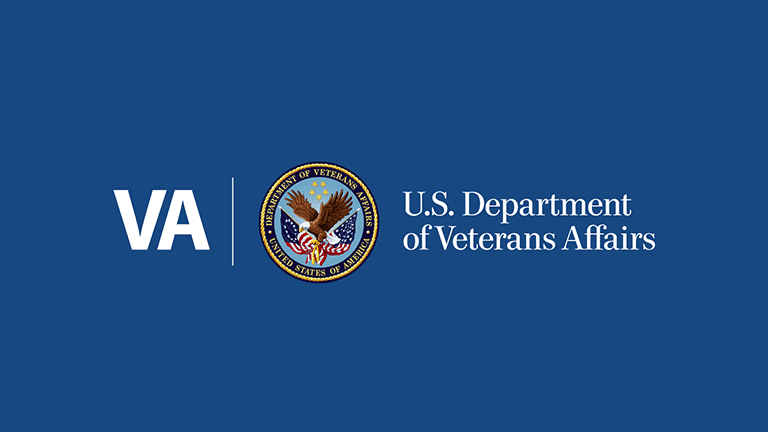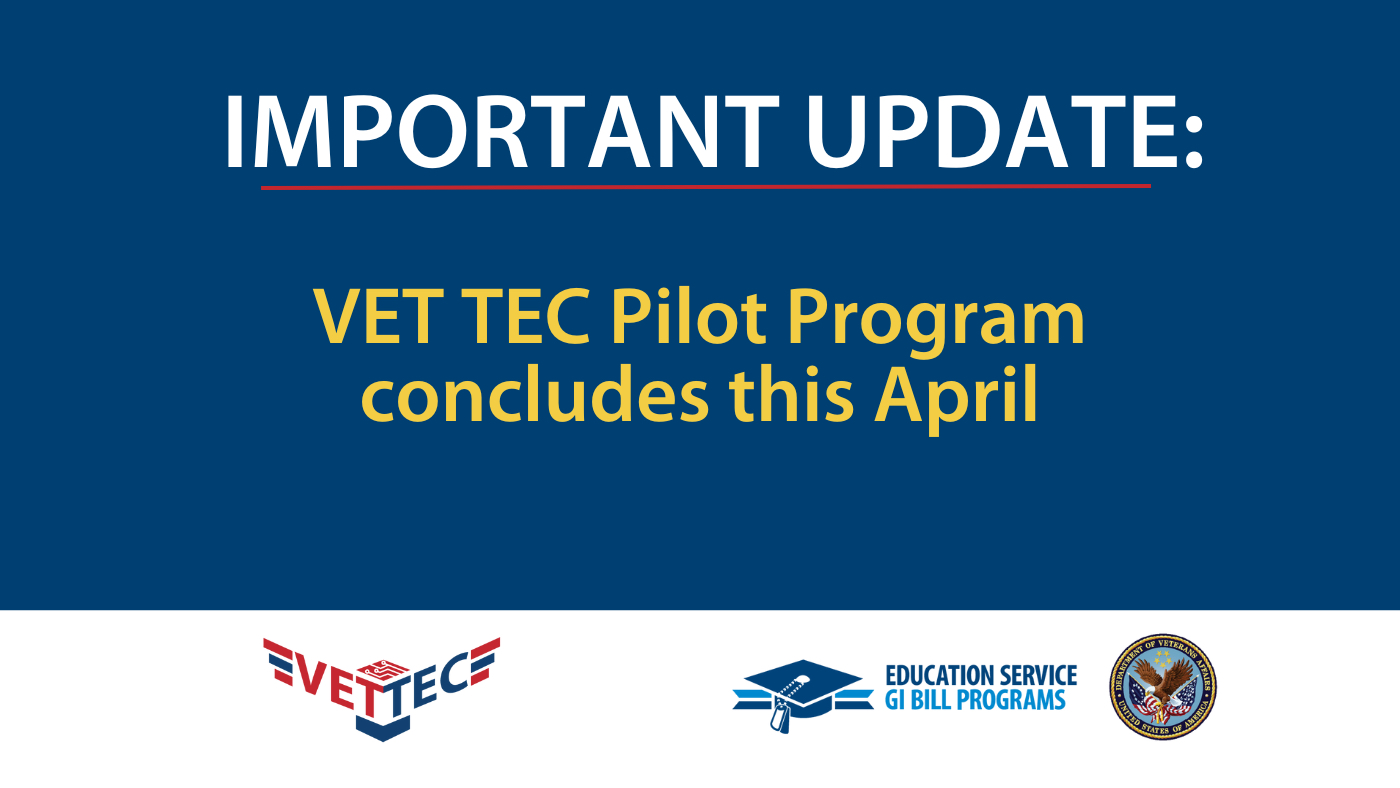When Veterans get together for the first time, they talk like old friends. A common vernacular spills out of folks who might have buried it in the civilian world. Jokes and war stories inevitably fly. No one asks, “What do you do?” but rather, “What unit were you in? What was your MOS?”
Before it even began, the Student Veterans of America Leadership Institute—an intensive two-day course focused on building and sustaining strong campus chapters—felt like a unit reunion.
The hotel bar buzzed with military jargon mingled with stories about fickle university officials and tales of stretched budgets and hard fought victories, like securing office space and raising Yellow Ribbon assistance.
Held at the Google headquarters in Mountain View, California in collaboration with Purdue University’s Military Family Research Institute, the course focused on what MFRI calls the 3-D model, which instructs student Vets on how to design, develop, and deliver an effective and influential Student Veteran Organization (SVO). SVA and MFRI jointly released a manual to help chapters along through the process.
The buildup of strong campus chapters comes at a crucial time, as troops rotate out of the military and back into the civilian world with education benefits in hand. More than 700,000 Veterans have used the Post-9/11 GI Bill since its creation in 2009, and VA expects more Veterans than ever to enroll in universities and colleges this fall.
As Veterans arrive at campus, so too must resources to help guide them. SVA chapter leaders have been instrumental in cementing support and resource, like boosting certification staff and establishing Veterans Centers, where Vets can study and decompress.
Strong local chapters enter a feedback loop with the national organization, which lobbies Congress on key bills and helps build awareness of the needs of student Veterans, which in turn helps reinforce chapters at the local level, says Michael Dakduk, a Marine Corps Veteran and executive director of SVA.
“We want to build a rapport at the national level so chapters can leverage that relationship on their campus,” Dakduk told me between breakout sessions at the Leadership Institute. “Sustainability is linked to the chapters, so we have to help implement those best practices.
The best practices learned at each university seemed to be exchanged more than war stories and tales from the dorm. Mike Tran, an Air Force Veteran with three tours in Iraq, told me his SVO at Cal State University at East Bay needed a shot in the arm after the previous president didn’t plan for a successor.
“I’m taking back ideas for budgeting, fundraising, and a few new ideas on how to raise awareness” on campus, said Tran, the current chapter president at CSU East Bay. The computer forensics major also learned a few tricks on how to use technology to help spread awareness and connect members.
Planning for leadership succession was an ongoing conversation throughout the summit, and many chapter leaders identified it as a key challenge. Alfred Sanalila, a Marine Corps Veteran and the SVO president at Gwinnett Technical College in Lawrenceville, Georgia, said he’s preparing for succession now by building continuity manuals with references, contacts, and lessons learned.
“You have to cultivate new leaders and keep momentum,” he said, otherwise a power vacuum occurs, like at Tran’s chapter, which leaves Vets scrambling for the fundamentals, distracting from the ultimate goal—to graduate Veterans.
While the chapter leaders and MFRI coaches mulled over local challenges like funding and faculty outreach, one Veteran addressed the group on the lack of discussion over the readiness of some student Vets to begin school.
“There is nobody asking these Veterans if they are ready to undertake a collegiate career. How many people have been honest with them about what this experience is really like?” said former Army MP and Iraq Veteran Ricardo Pereyda in a follow-up email. The president of the SVO at the University of Arizona added, “I love college, and I am thankful that I have stayed with it, but I wasn’t ready for the stress when I first started.”
Pereyda’s remarks drew a loud applause from Veterans who may have had similar challenges in the past.
With a strong emphasis on exporting best practices to the 50 chapters represented in Mountain View, perhaps that was the most important lesson. Transitioning from the military to the classroom can be difficult, especially after combat, and some Vets may be unprepared or in need of additional help. And that’s where the real power in SVA lies: a buddy network that feels like old friends, ready to carry each other through the next mission.
Topics in this story
More Stories
Over the five-year program, more than 14,000 VET TEC beneficiaries completed their program and nearly half have reported finding meaningful employment with an average starting annual salary of $65,000.
VA is calling for applicants for the 2024 Specially Adapted Housing Assistive Technology grant.
Updated COVID vaccines are available free of charge to Veterans receiving care at VA .








This is must read for any Vet/Vet student. Such event are really very helpful & empowering. Thanks.
I will be attend college again after a long time and look forward to the challenges from other students, instructors and administrator in that I have a real life experience in me that will be dealt with from all aspects.
The VA is giving some veterans from the “old school” an opportunity to connect with the” new school” people, tools and technologies.
I am thankful for this challenge in that I have a daughter who has her phd and is “new school” but must face “old” ,”new” and future to make it in life today.
Former Military Paralegal & Military Journalist from the 70’s
This point isn’t clear to me
Pereyda’s remarks drew a loud applause from Veterans who may have had similar challenges in the past
can you explain this?,thanx
It drew applause because often veterans are not properly briefed on the challenges and the culture shock that come with transitioning. Also at that point in the conference we were on a clear path of discussing all the good things about student veterans and the comment opened up the discussion to the full spectrum of the situation. Not all veterans want to or should go to college and our mission as leaders are to support ALL veterans including those that may not be ready for that challenge yet. I hope this helps.
This is very interesting to hear about these type of networks. I have a lot of veteran friends about to enter college and I can see programs like this being very beneficial for some of them. I wish my university had a problem to help veteran students. With huge draw down in the military in the next few years programs like this will be critical in helping veterans transition smoothly into the college atmosphere.